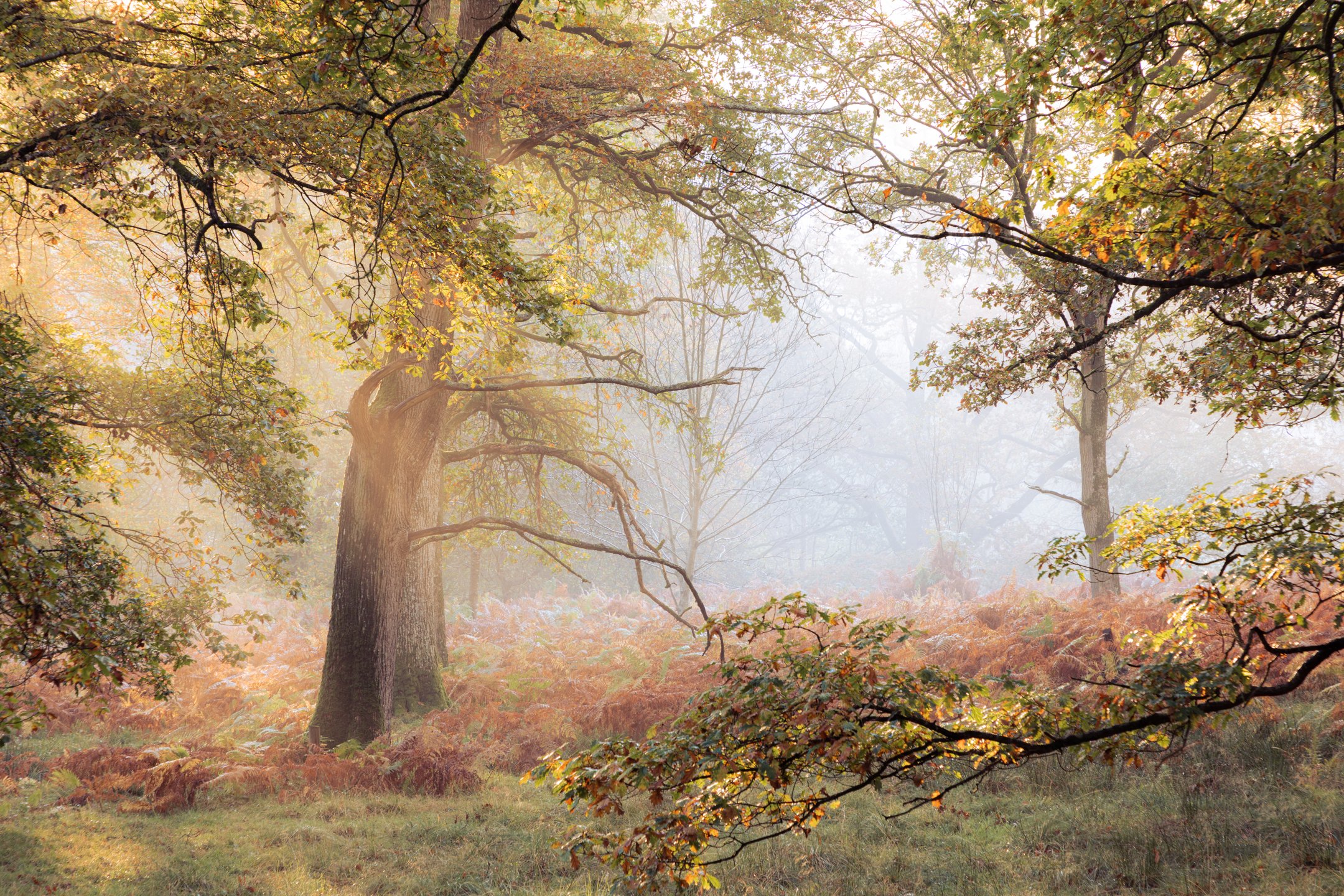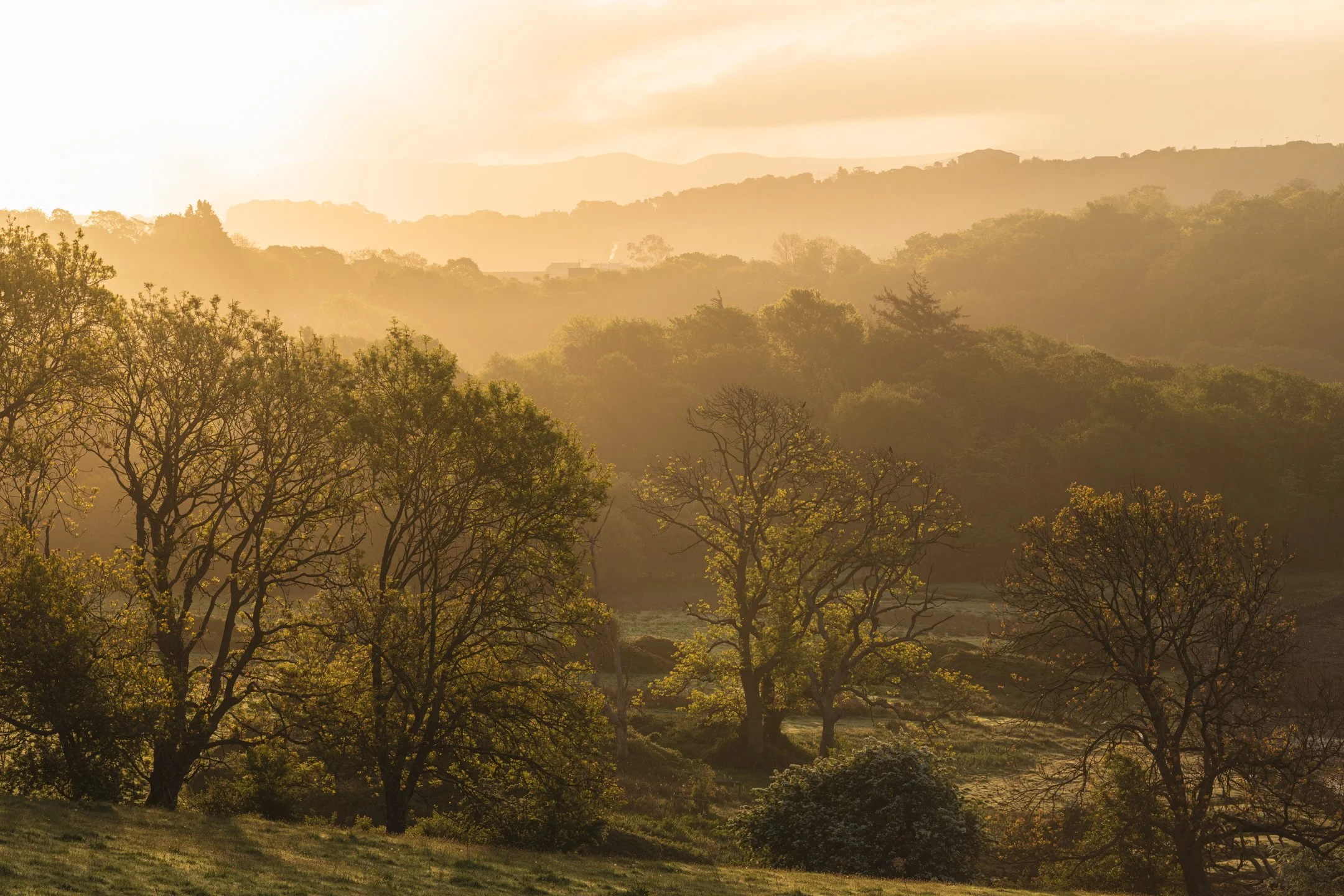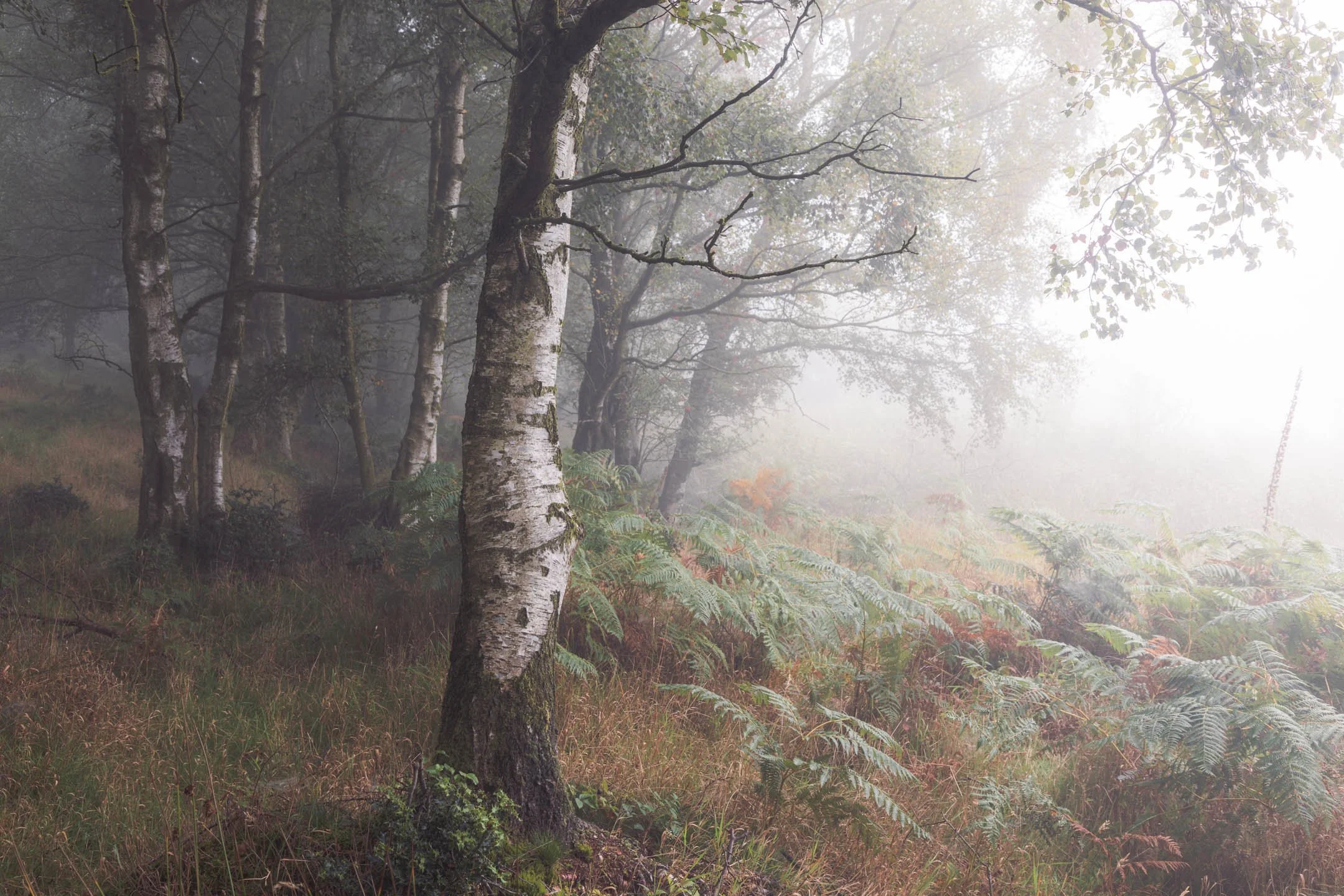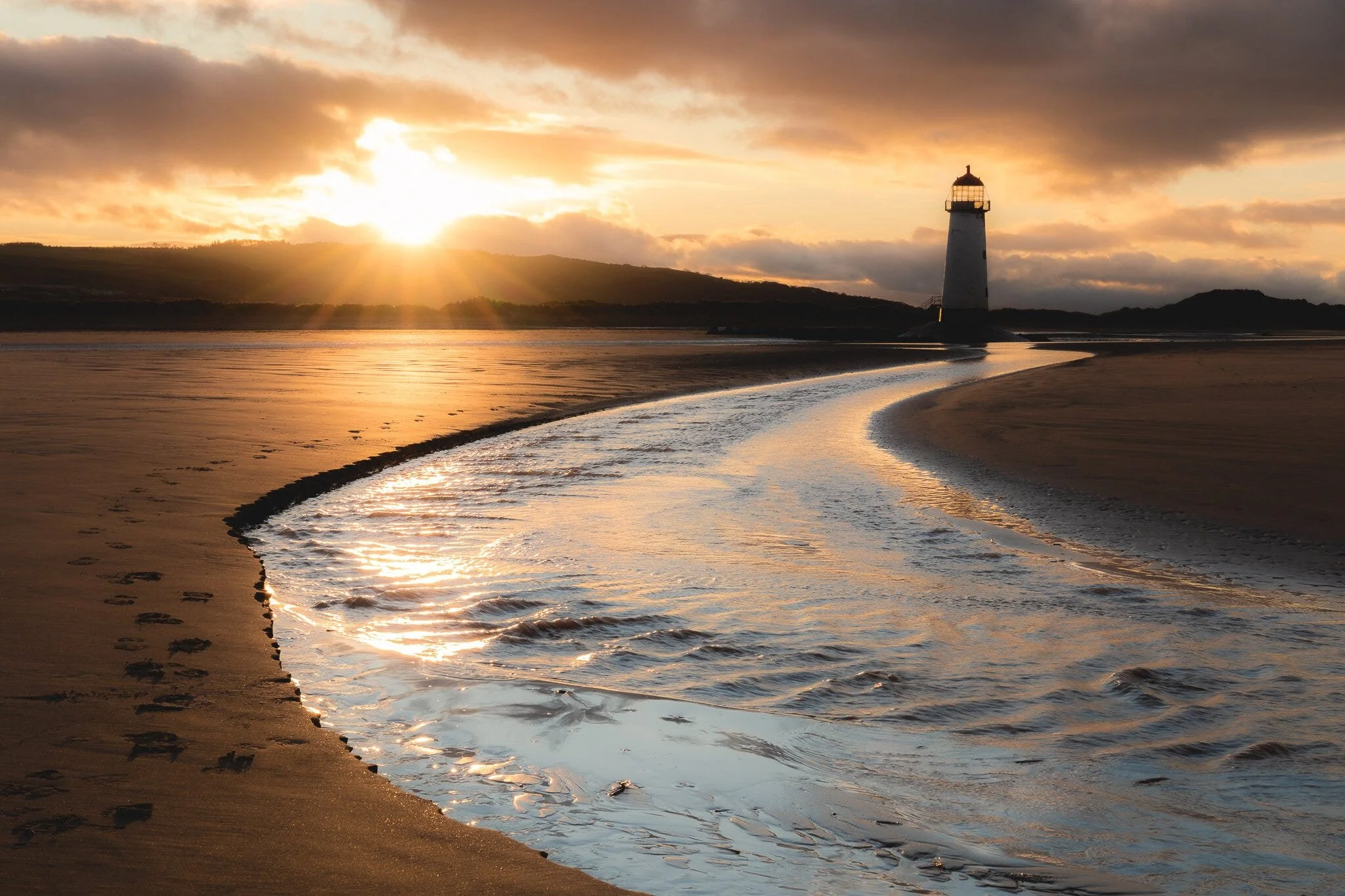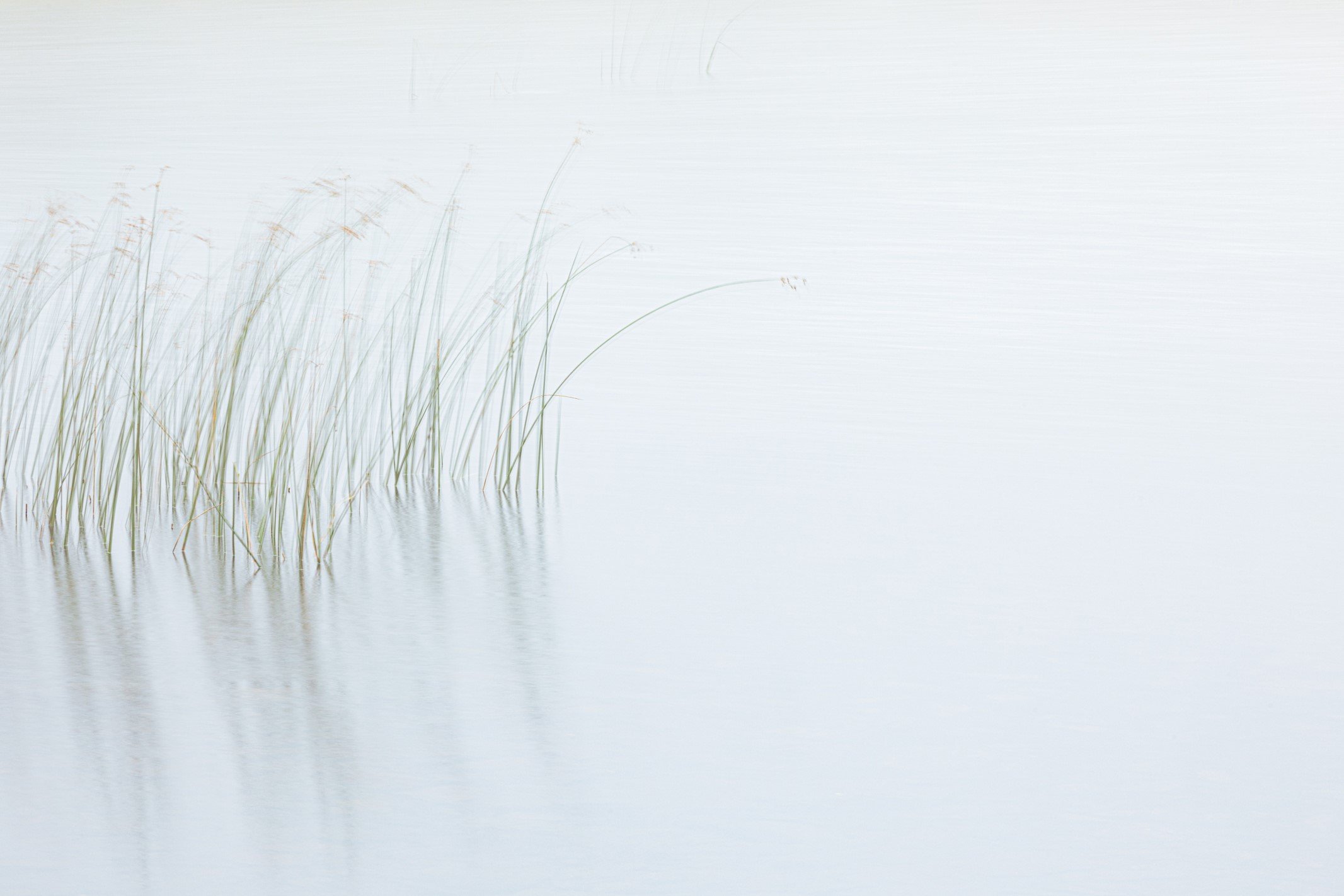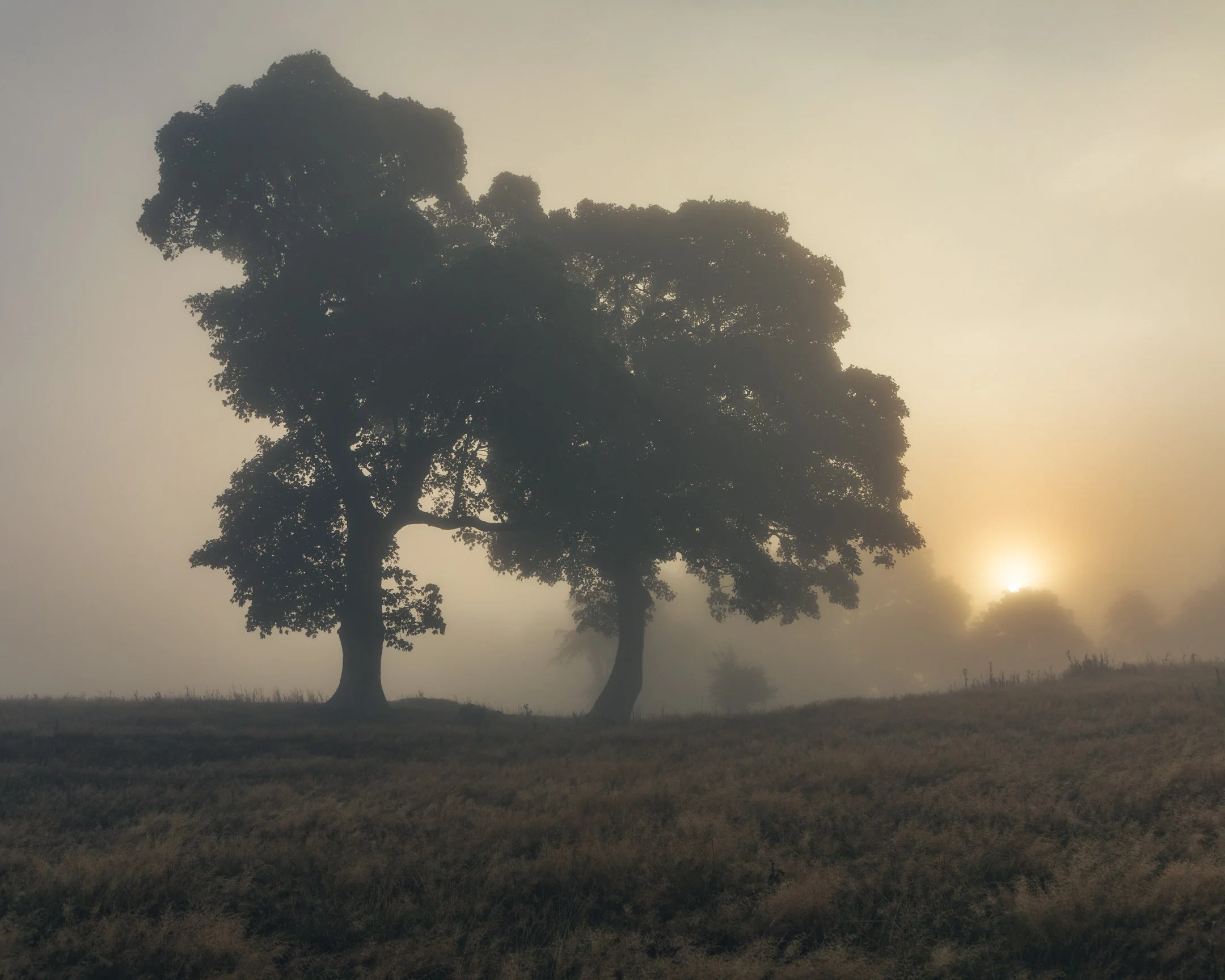Beginner Landscape Photography Tips & Tricks for Better Pictures
Hello! I’m Brad Carr, and in Ten Thousand Hours, I share practical and technical tips and tricks to help you improve your landscape and nature photography. I also organise group workshops, creative retreats, and I am available for private one-to-one photography tuition as well as online and in-person creative mentoring.
When you’re a beginner on your landscape photography journey, it can feel as though everybody knows something that you don’t. During this chapter of the learning process, you might find yourself constantly looking at other people’s photographs online and in magazines, wondering what gear they are using, what camera, or post-processing techniques they use, and what magic formulas they understand about light.
There is no shortage of advice online, and lots of it is really useful. What I needed early on in my earliest days wasn’t a list of formulas, rules, or gear, however. I needed someone to tell me that it was ok to be patient and to understand and implement the techniques in my own time.
That is what my publication, Ten Thousand Hours, is all about. It is dedicated to reminding you that landscape and Nature photography cannot be mastered in a weekend workshop or a two-week trip to photograph the Diamond Beach in Iceland. Landscape photography is an art. It is a craft that requires slow, intentional practice and rewards those who pay attention, spend time, and are persistent enough to return to a location time and time again, even when the light doesn’t do what is required, or the conditions don’t play out how a person might hope.
If you’re just starting on your landscape and Nature photography journey, here are a few things I wish I’d have known early on. I don’t offer these as shortcuts to magazine publications or exhibitions, but as principles that you will carry forward with you as you get to work on building your own body of photography work and making yourself a better version of you through the creative process. This art offers great rewards for those who build solid foundations and persist beyond the resistance, ignoring the clutches of the comfort zone to get outside, whatever the weather, in pursuit of powerful photographs of the landscape.
Understand Light as the Foundation of a Great Landscape Photograph
Talking of foundations, do you understand the power that light has in the creation of a compelling landscape photograph? In the earliest days, it can be all too easy to get caught up in trying to understand the ‘rules’ of photography: the rule of thirds, leading lines, and the rule of odds. The list of rules and things we must do goes on.
If you look carefully at the photographs you like, I can almost guarantee that the photographer, beyond the use of these rules, has likely placed light as the priority in the photograph. A composition that abides by all of these rules, without light, will be far less impactful than a photograph that doesn’t tick all of the 'rule’ boxes, but contains some beautiful, soft, golden light that rakes across the landscape and adds depth with its use of highlights and shadows.
With light being the key ingredient for a beautiful landscape photograph, it is important to understand it from the outset. When starting out on your landscape photography journey, set aside some time to simply go outside and observe the light. Watch how it moves throughout the day. Learn how it interacts with different subjects; trees are a great subject to study. Learn the difference between direct (front) light, backlight, side light, diffused light, reflected light, soft light and hard light. See how it changes colour temperature at different times of the day—‘golden hour’ being that time of day when the light appears to be golden in colour. See how different temperatures of light interact in different ways with your subjects. You might notice that the colour of a subject is not the same during different hours of the day.
FURTHER RESOURCE: If you want to learn more about light, you might like to read my comprehensive guide to understanding light in landscape photography. Here is the link to part one.
Repetition, Repetition, Repetition: Return to the Landscape for Powerful Photographs
One of the most underrated habits in landscape photography is repetition. As a once-aspiring bodybuilder, I can advocate strongly for the power of ‘doing the reps’. This means showing up time and time again: to the landscape as with the gym. To become the best that we can be at anything, it is going to require that we put in the required hours to master the craft. This publication is called Ten Thousand Hours because that is the number of hours that a person must apply to become the master of anything. We can’t expect to become experts without doing the work and adding proof to the pudding.
In landscape photography, this not only applies to the technique of creating a photograph, but in our understanding of a place, too. Returning to a specific landscape time and time again builds familiarity. You will begin to notice the subtle nuances: seasonal shifts in colour, changes in tide levels and the way the shadows fall in a woodland in July compared to November. You will also form a deeper connection to your chosen landscape and subjects. This connection will be reflected in the depth and quality of your photographs over time.
Some of my best and favourite photographs were created in locations that I spent ten, fifteen, twenty, even fifty times. Every time I visit a location, the landscape peels back her layers to reveal new depths of beauty to my eyes. Revisiting the landscape becomes a revelation through repetition.
Study Others’ Photographs, Not Their Gear Reviews
One of the quickest ways to grow as a photographer is to study the work of other photographers, as well as your own. Search the Internet for the photographers you admire. Buy their books or read about them in magazines. By studying them closely, reading their essays, as well as looking at their photographs, you will come to an understanding of their deeper thought processes around the art of photography. What does it all mean? And how do they add this meaning to their photographs?
When looking at their photographs, ask yourself: what is working here? What were their intentions by using this particular style of lighting or by including this minor detail in the corners of the frame? It can also help to try to ponder what they might have left out of the frame. If it’s a photograph of a woodland scene, for example, try to imagine what the rest of the scene might have looked like. This kind of visualisation can help you on your journey to ‘see’ a similar style of photograph for yourself in the future. You might also get to a point where you start thinking about what you would do differently if you were standing in the same location.
When studying the work of other photographers, don’t do so simply to copy; attempting to be just like them. Allow their work to challenge you, inspire you, and help you imagine what might be possible for yourself. You might find benefit in trying to create photographs exactly like them for a short while to better understand the camera and composition techniques they use. Just remember that this is all a part of your journey. Don’t get stuck in the imitation process, and remember to give them credit for their part in inspiring your creativity.
PRO TIP: The best artists are inspired by everyone around them.
Gear Doesn’t Matter in the Beginning
This might be controversial, but it is absolutely true: you don’t need the best gear to create the best photographs. You just need a camera that you understand. For the first few years of my photography journey, I had an entry-level DSLR camera and a kit lens. That was enough for me to learn the fundamentals of landscape photography and understand how to use light. I created some great photographs and saw significant improvements in my photographs without spending £1,000’s of new gear.
After a couple of years of intensively learning the basics, I invested in a good-quality lens and paired that with my entry-level camera. The results were excellent, and I produced some photographs that I am still proud of to this day, such as this one below.
The truth is, I could have created something similar to this photograph above with the kit lens. Alright, the colours might not have been as accurate, and there might have been a significant increase in the amount of lens flare in the photograph, but the fundamentals of the photograph would have been there. The key to this photograph was that I knew my entry-level camera like the back of my hand, and I could quickly and intuitively adjust the settings to suit the scene. I had also gained a strong understanding of how to use light, which, to reiterate the earlier point, is the most important thing about the art of landscape photography.
Learn your gear inside out. Master manual mode. Understand what every button does, and become intuitive in pressing them so that you can quickly react to what is happening in the landscape. Eventually, invest in some good quality glass when you know the kinds of photographs you like to create. Do you need a wide-angle lens to capture the entire vista and make the most of interesting foregrounds? Or would you be better off with a telephoto lens to photograph the minor details, such as the grass blowing gently in the wind?
PRO TIP: The best gear in photography is the gear you understand.
Put the Camera Down & Observe the Landscape
When starting with landscape photography, it was easy to go outdoors and create photographs in a similar style to the ones that I was seeing online and in books, and in magazines. The true art came, for me, when I learnt how to ‘see’ photographs for myself.
To start seeing and eventually creating photographs that I was truly proud of, I had to log out of social media, close the magazines, and head outdoors without my camera. I would go out during the day to one of my favourite woodlands, not to create a photograph, but, quite simply, to ‘be’ in the landscape and to watch the world go by around me. As I did this, I began to learn how the light dances across the landscape, how the wind shapes tufts of grass and creates patterns in the sand, and how my internal landscape of feelings and emotions was influenced by the beauty that I was witnessing in the world outside. I began to ‘feel’ the photographs and started to understand what it was that deeply moved me.
By creating from this personal place, not only did my photographs become more impactful, but the stories that I was telling became richer in emotional depth and meaning. If I could offer one ‘shortcut’ to better landscape photographs, it would be to access your emotions and learn to take photographs and tell stories from a deeply personal place.
PRO TIP: Create photographs with meaning and tell personal stories through your art.
If you’re just starting out in landscape photography, be patient with yourself and give yourself permission to practice the art of observation first. Photography is about seeing, and seeing well takes time and intentional practice. Don’t be in a rush to take photographs. As I stated earlier, learn to feel the landscape. Let the landscape become a part of you, and you a part of it. When a landscape becomes familiar, that is where the real image-making magic happens.
PRO TIP: Observe first, yourself and the landscape, and then create.
Conclusion
If you’re only just starting out in landscape photography, don’t worry about how far you have to go to create photographs like your favourite photographers. You aren’t behind anyone on your journey towards creativity. Landscape photography is all about remaining here in the present moment, and thinking too much about where other people are, staying stuck in constant comparison defeats the object of practicing this beautiful and rewarding craft. When you remain fixed on the process of creating photographs, rather than the outcome, I can guarantee you a much richer and more fulfilling experience.
Every hour that you spend walking, observing, reading, watching, and practicing is another hour towards your ten thousand. These hours are never wasted, and they quickly compound over the years. I would estimate that I am probably over halfway to reaching my target. That means I would have reached the level of mastery by the time I am forty years old.
My advice to anyone beginning their photography journey is simply to keep showing up; to keep studying the work of your favourite photographers; to keep making mistakes; and to keep observing the landscape closely. If you keep on doing this, I can guarantee that you will see vast improvements in your own landscape and Nature photography.
Thank you for taking the time to read this article. If you’re looking for somewhere to share the results of your future creations, you might like to join the Finding Light Photography Community on Facebook. It is a closed, intimate group for like-minded photographers to share, learn, and grow. Occasionally, I share exclusive updates and links to articles and events that you might also find useful.
If you would like to receive further practical and technical articles like this directly to your email inbox, consider signing up for my newsletter. I send out monthly emails with links to new writings, events, workshops, and things I have found inspiring that month.
I’m Brad Carr, and here in Ten Thousand Hours, I share practical and technical articles to help you improve your landscape and nature photography. I also organise group workshops, creative retreats, and am available for private one-to-one photography tuition as well as online and in-person creative mentoring.

